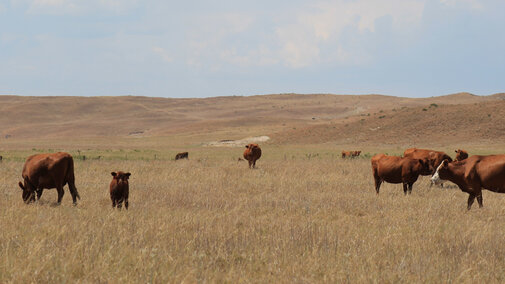Do you rent pasture? What happens if drought develops this summer and lowers pasture production below expectations? Specifically, what does your pasture lease say about drought?
It’s hard to think about drought in mid-winter, but drought can play havoc on pasture leases. All too often, pasture leases fail to include an appropriate plan to adjust to this problem.
Without a plan, both the landowner and the tenant are at risk. Landowners risk having the pasture become overgrazed, resulting in future weed problems, reduced long-term production, and lowered value. The tenant risks poor performance or health of the livestock due to less forage and lower quality feed. This can lead to higher supplemental feed costs or being forced to sell the cattle.
So, who decides when drought has lowered pasture production low enough to remove the cattle? How should the rent be adjusted? Who will get the insurance or government payments?
Now is the time to discuss these issues as landlord and tenant. Be sure to list the length of the grazing period in the lease along with beginning and ending dates. Make sure to specify stocking rates in the lease, adjusting them for increased cow size if necessary. Usually, it is best to design the lease so both landowner and tenant share in the opportunity and risk associated with drought by adding an appropriate escape clause due to drought. Indicate how a drought adjustment will be made and how that will affect rent payments.
After determining these points, put the details in writing to avoid any misunderstandings later.
Drought can cause a lot of headaches, but planning ahead can help keep misunderstandings from complicating your landlord/tenant relationships.

